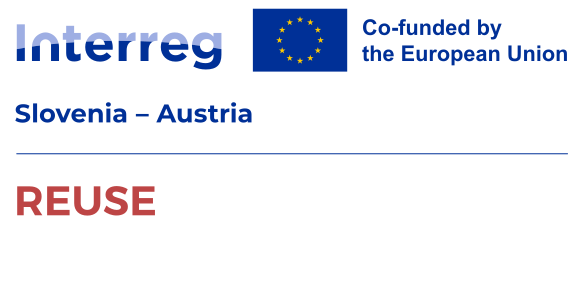The Investor Proposition should clearly articulate how the investment will be utilized to grow and expand your business. It is important to outline specific areas where the funds will be allocated, such as product development, marketing, or expanding the team, to ensure the investor understands the impact of their investment.
Additionally, the proposition should include detailed explanations of the different exit options available to investors. These could include strategies such as an Initial Public Offering (IPO), acquisition, or merger, with an overview of how each option could provide a return on investment and align with the company’s long-term goals.
The investor proposition is a critical aspect for any startup seeking investment – a strategic summary explaining how external capital will accelerate your company's growth and how investors will benefit. It must communicate clearly why investment is needed, how it will be used, and what return mechanisms are in place. Below is a structured guide to help you build a compelling and professional investor proposition.
FUNDING REQUIREMENTS
Outline the total capital you seek and specify how it will be allocated. Break the amount down into key areas such as:
- product development
- marketing and sales
- hiring and team expansion
- infrastructure or internationalization
This clarity shows investors that their money will be spent wisely and efficiently, while helping avoid future misunderstandings.
Goal: Show how each funding component directly supports business growth.
SCALABILITY ANALYSIS
Demonstrate your company’s ability to grow without proportionally increasing costs. Use market data, growth scenarios, or operational capacity models to prove that your business can:
- serve more customers with existing structures
- enter new markets with minimal disruption
- generate higher margins at scale
Goal: convince investors that your business is designed for high growth and efficient expansion.
GROWTH PROJECTIONS
Present realistic and well-founded financial forecasts. Include:
- projected revenue growth
- customer acquisition targets
- market penetration assumptions
Support these figures with industry trends and comparable benchmarks.
Goal: help investors visualize the potential return on investment.
EXPANSION PLANS
Explain how your company plans to broaden its reach:
- geographically (e.g. entering new regions or countries)
- through product/service diversification
This shows that you are thinking long-term and understand the broader market opportunities.
Goal: Highlight your ambition and the scalability of your business model.
PLANNING FOR EXIT
Clearly define how and when investors can expect to exit and realize their returns. Common strategies include:
- Initial Public Offering (IPO)
- trade sale/acquisition
- merger or secondary buyout
Each option should be briefly assessed in terms of viability and alignment with your growth trajectory.
Goal: reinforce your credibility by showing a well-thought-out path to investor returns.
FINAL NOTE
An effective investor proposition is not just about asking for money — it’s about building trust. Show investors that:
- You know how to manage capital strategically
- You understand your market and growth levers
- You have a realistic, data-backed roadmap
- You’re already thinking about the endgame (exit)
A clear and well-presented proposition can differentiate your business from the competition and make it easier for investors to decide whether to fund your venture. Startups that articulate how they will use the investment to drive growth, manage scalability, and plan for eventual exits are more likely to secure the necessary capital to expand.




.png)

.png)
.png)

